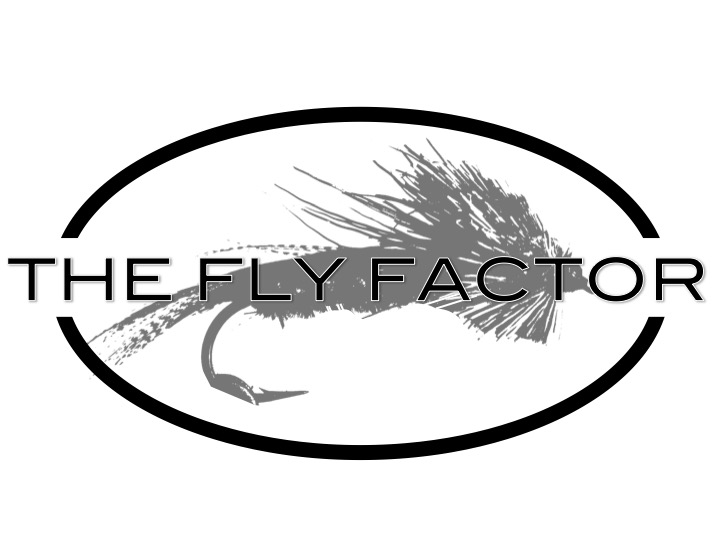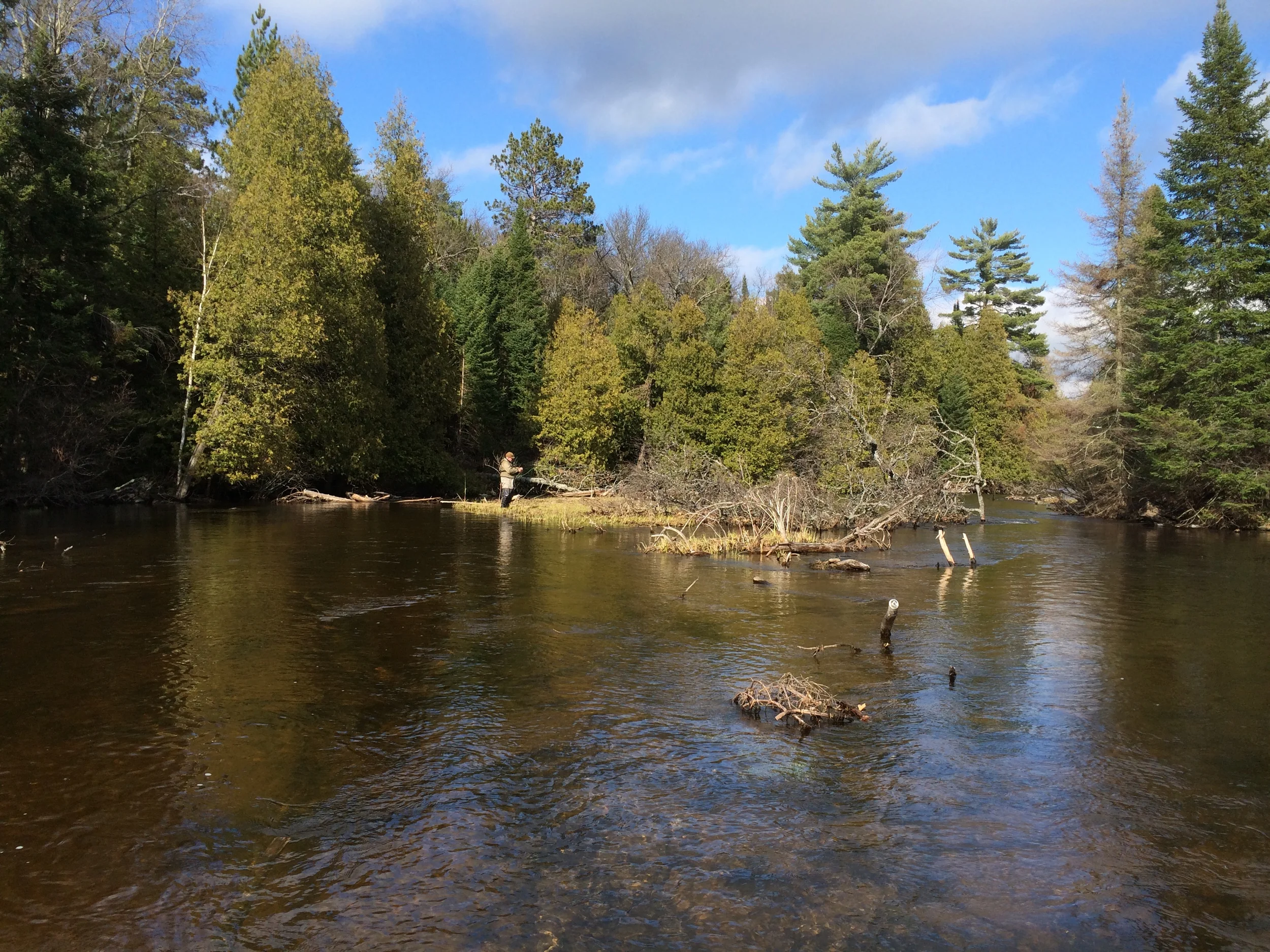The Michigan Department of Environmental Quality ( MDEQ) has recently handed down a decision that implies that Pure Michigan water has little value to this great state. 'We', have decided to give away 200 million gallons of water a year to the Nestle Corporation for a paltry sum of $200 per year! We can thank Heidi Grether for this decision that she defends by following the letter of the law ,which under the Great Lakes Compact states that as long as water is packaged under 5.7 gallons, there is no limit on withdrawal of water on the Great Lakes Basin. Chew on that for a minute or two.
More puzzling, is that during the public hearing process, 80,000 people objected to the proposal while apparently less than 100 people were for the permit (who are these people and who do they work for?) At this time, consider the fish farm, hatchery issue in Grayling, and you begin to understand that you do NOT understand at all how the 'tail wagging the dog' policies still permeate the decision making process, especially when it comes to conservation and environmental issues that reveal we have not progressed or learned much from our past travesties on the land and water.
Some people have suggested a boycott of Nestle products and it appears that there is some movement in that direction. However, I don't believe a boycott will have any effect on a major corporation that is much diverse in product exposure world wide. People outside Michigan or the Great Lakes region may or may not engage in protest in the same manner for example, that fly fisherman I have spoken to outside this state did not even know about the million gallons of crude oil that spilled into the Kalamazoo River here in Marshall, Michigan seven years ago, the largest in-land oil spill in fresh water ever!
This is a policy issue that has to be addressed at the state and federal level that insists that agencies with appointed leadership roles, that are responsible for the stewardship of natural resources be held accountable with consequences.
Consider that the MDEQ approved a permit last fall that would allow the Michigan Potash Co. LCC to withdraw 1.98 million gallons of water per day from the same watershed that Nestle is tapped into! Look at those numbers again.....2 million gallons per day!! Interesting note here is that as of the first of March, a permit supervisor said that there had been very little public input on injection wells, "only a handful of comments" were received, less than six, and most were in support of the wells! Why is this not bigger news than the bottled water fiasco?
What about the plastic water bottle itself? Their has been talk of a deposit being implemented. According to a report by NPR, last year Americans bought more than four billion gallons of water in individual-portion bottles. Many people who live in the country in northern Michigan, for example, that have a well with the best drinking water on the planet, are part of that 4 billion. The same report states that only about 23 percent of bottles, including soda, are recycled. Most being made with a non-renewable resource: polyethylene terephthalate, or PET.
Interesting to note here to those following the 'trade wars', the same NPR report states that China apparently is the number one consumer of material buying 40 percent of the bottles Americans recycle.
What have we learned about ourselves from the past? Do we care more than we used to about cold water and stewardship? Do fewer people become engaged in environmental issues in spite of overwhelming media and information exchange that we are all prisoners to? Do our children and grandchildren bare the burden of our never ending environmental blunders and suffer the consequences of our apathy and ignorance over and over again? Apparently, our collective insistence of making sure that history does in fact repeat itself, may some day lead us to an impasse that has us asking ourselves the question of what has true value in our lives, and what is convenient for now, that someone else can 'fix' when it there turn at the wheel.
Mark Karaba
trout211@icloud.com














